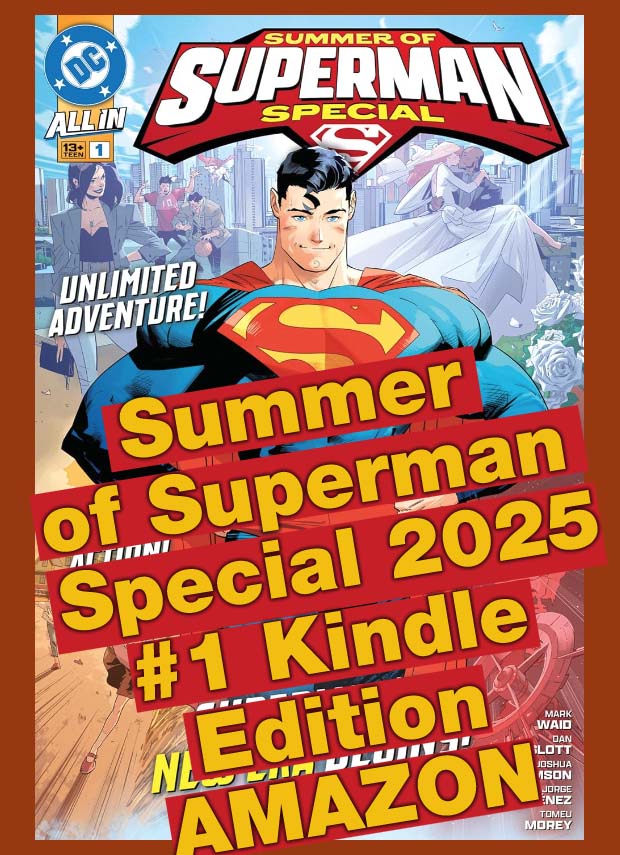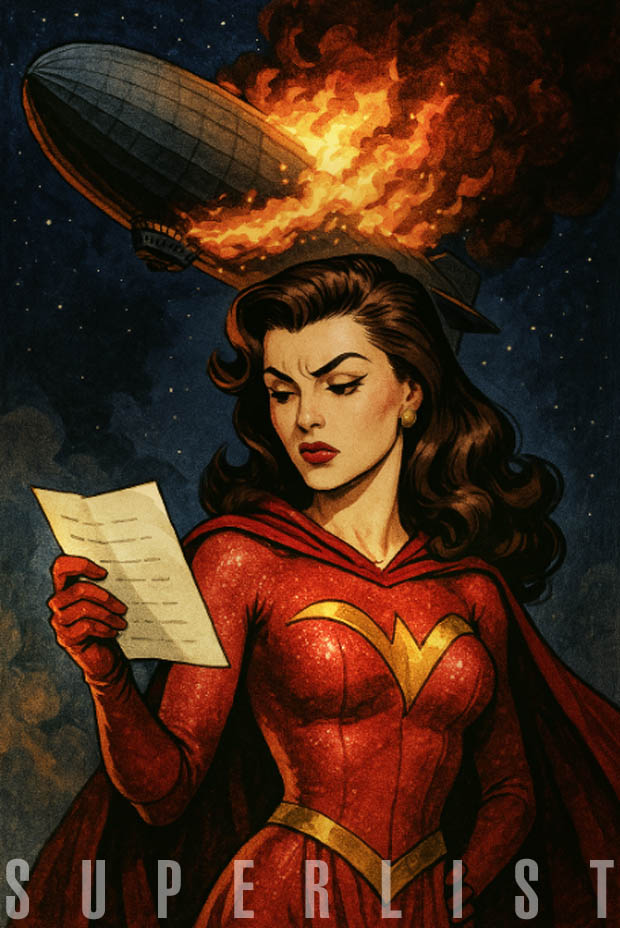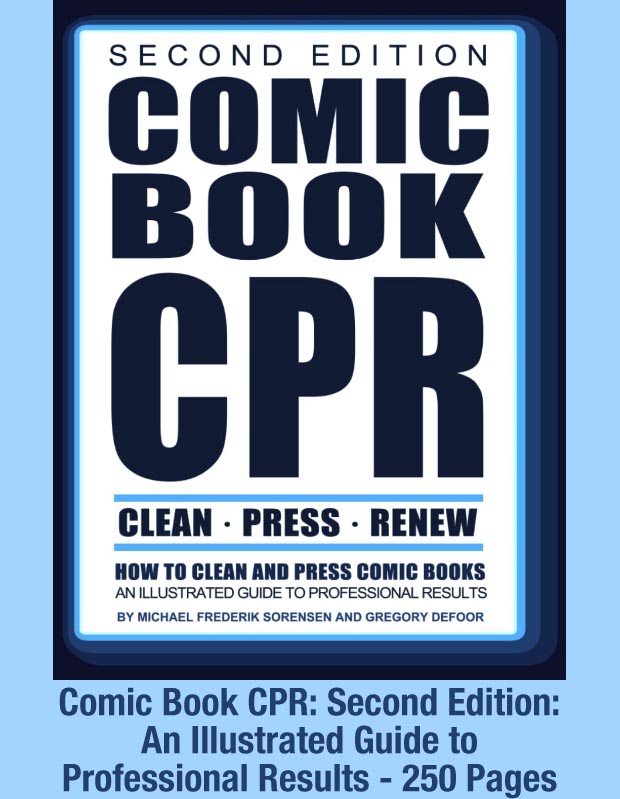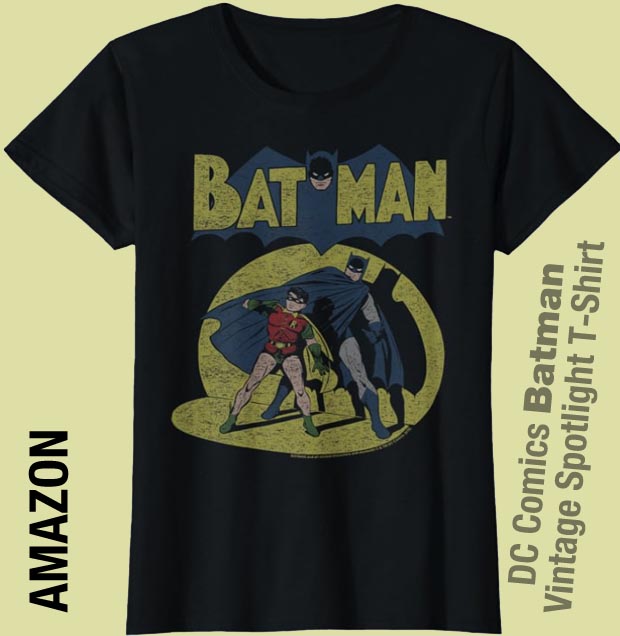The Comic Book and its storytelling advantages
Unique
The "Comic Book" is unique. Spawned from a hybrid combination of the newspaper cartoon strip and Hollywood movies (and the use of sequential hand-drawn pictures, which already had a long history in art and caricature), "comic books" have been the most flexible art medium which communicates sight and word (and sound, if sound effect letters count for anything) in the world.
Unlike the cartoon strip of newspapers, the comic book has not only more space to say and show something, it can use unlimited numbers of pages to explore it's topic, at length or in brief. Also unlike the newspaper strip, the comic book can work at any size selected by the artist (or in multiple sizes in multiple editions).
The comic book differs from the motion picture medium in that films are almost entirely passive in the experience of the audience. A movie is paced according to the decisions of a film editor (and a director), the comic book moves at the pace the reader decides. A comic book story can stop, back up, go forward, and dwell at length on any aspect that the reader chooses. The narrative path isn't changed, but the speed that the reader consumes the story is. This is a unique tool that the reader has to enjoy the work at hand.
Unlike novels
Unlike novels and short stories, the comic book communicates physical space of a story in a truly visual way. Instead of a paragraph of text describing the clothing of a protagonist in a novel, for example, one panel showing the protagonist in a comic book story is absorbed in a micro-second by the reader. Simply put, the comic book medium has many more compartments for which to load the ideas of the author.
Another demonstration of the flexibility of the medium would be the example of a standard news story in which a reporter may describe a battlefield or a local flood, a house on fire, or a moon landing. In a comic book story (in a journalism mode) this sense of conditions, and the amount of space involved, the arrangement of the objects, the distance between them, is seen and understood easily in a single panel or a series of panels, understood quickly through the visual language comic books utilize. >Comic books cannot replace the other mediums: novels, short stories, news stories, movies or poetry. But it has abilities the others do not have, which is an ability to combine the visual and literary into unique combinations that draw upon the innate abilities of a reader.
Quality Issues
Of course the quality of the tools doesn't equal quality of product. A story in which Lex Luthor (almost) defeats Superman, or Joker eludes Batman, or Spider-Man suffers the slings and arrows of outrageous fortune in the guise of humble Peter Parker are simply folk tales told and retold, containing the expressions of the current culture and the anxieties and pieties of the time period. But there is much more possible using the comic book tool chest, and in the recent decades this has begun to be explored beyond the confines of genre.
Related:

Original page Aug 2012 | Updated July 2017


